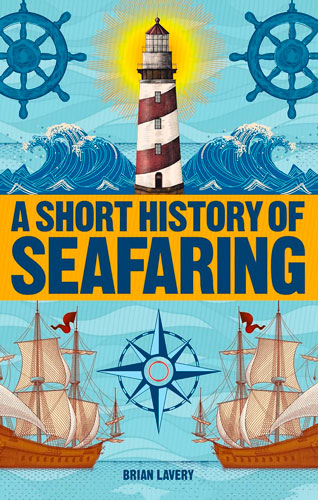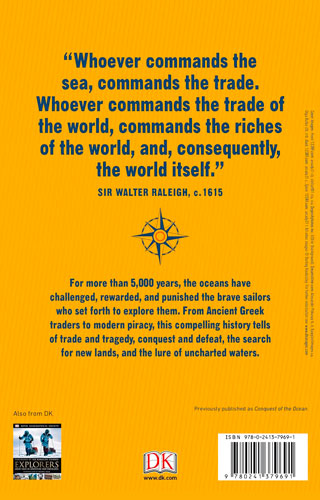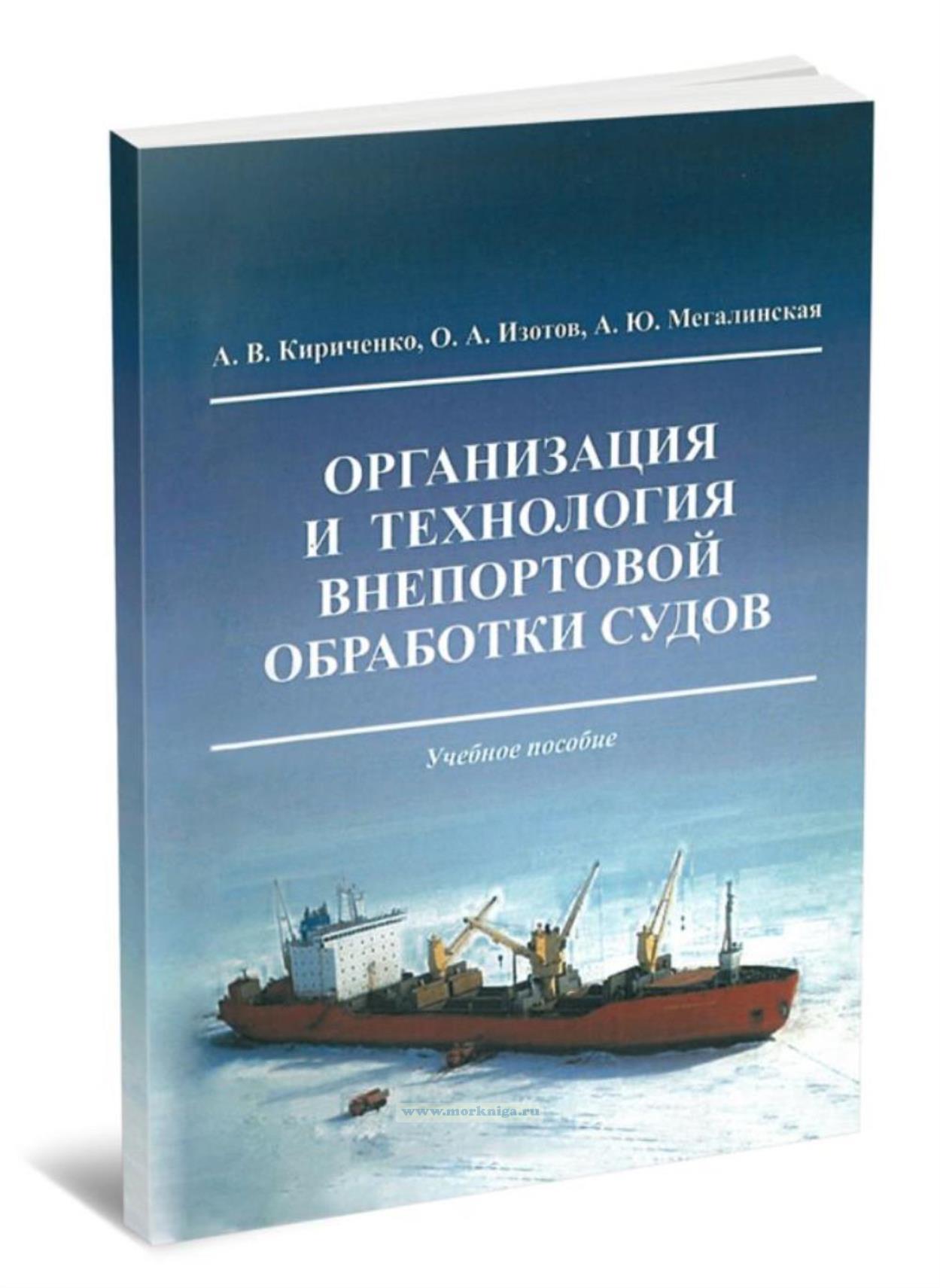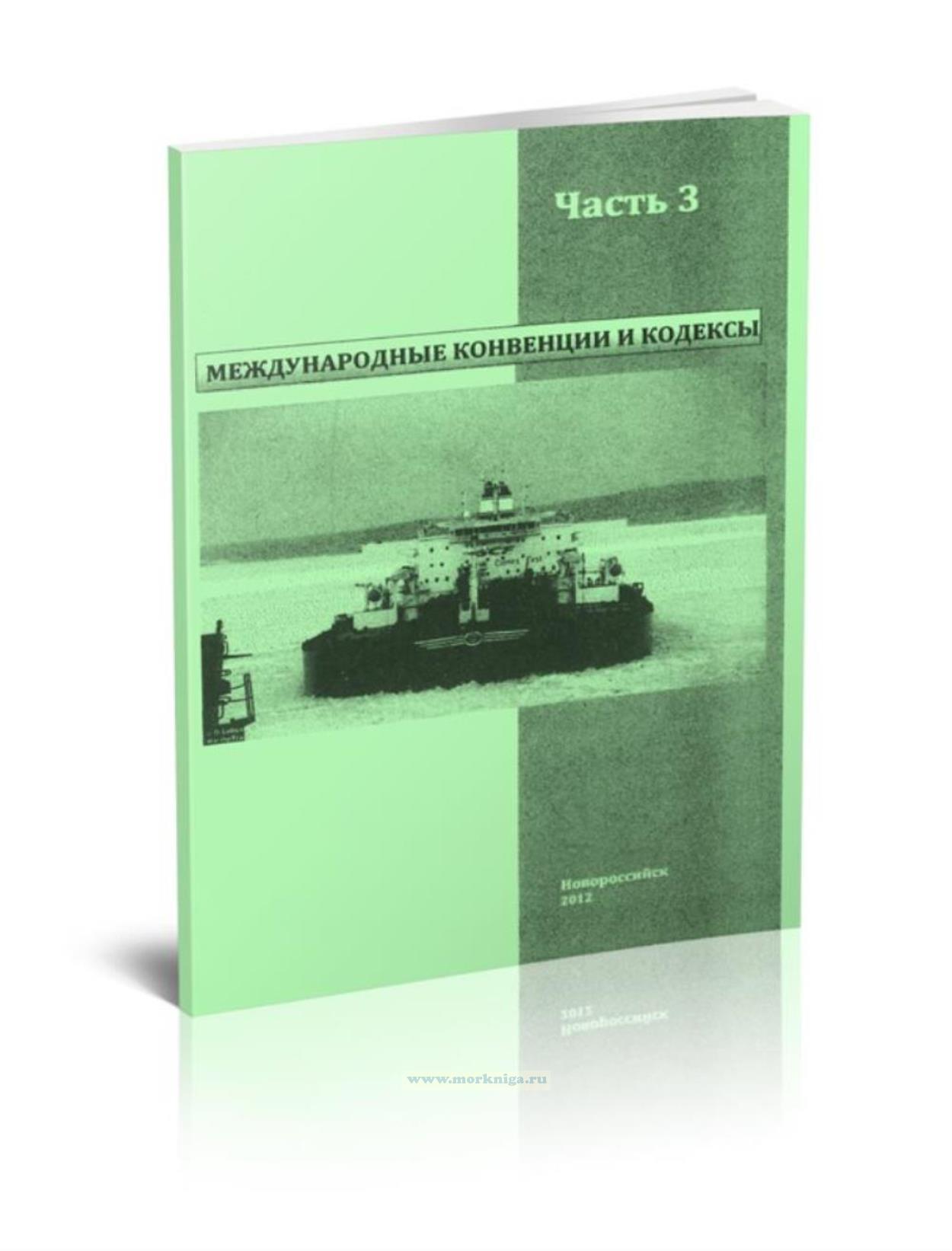A short history of seafaring/Краткая история мореплавания
Издание на английском языке
What is the ocean? Today we refer to five individual oceans-the Atlantic, Pacific, Indian, Arctic, and Southern. But in ancient and medieval times, “the ocean” was the whole mysterious and frightening mass of water surrounding the only known lands-Europe, Asia, and Africa. In fact, nothing separates the oceans from each other.
There is no moment when one passes from the Atlantic to the Indian Ocean, or from the Indian Ocean to the Pacific. The ocean is a great unity. As the Encyclopedia Britannica said in 1911, it is “the great connected sheet of water which covers the greater part of the surface of the earth.”
Nothing we do can intentionally control the currents, waves, and weather, and human impact has mostly been negative and unwanted.
But humans have at least developed the means to travel over vast areas of sea, and this achievement has been the product of many centuries of adventures. Seafarers from ancient times down to the present day have faced a hard struggle against the elements, demanding endurance, skill, and ingenuity, whether engaged in trade, exploration, warfare, or the colonization of distant shores. The record of their lives includes barely credible stories of voyages into uncharted waters and survival at sea against awesome odds. Their experience deserves to be celebrated, as does the essential contribution of sailors and their ships to the evolving history of the human world.
Contents
Introduction
The first ocean sailors to 1450
Exploring the Pacific
Seafaring in the Mediterranean
The First Sailing Vessels
Map: The Mediterranean Sea
The Voyages of the Vikings
Map: The North Sea and Baltic
Arab Seafaring
Finding the Way
The Voyages of Zheng He
Pilgrims and Galleys
The Battle of Winchelsea
The age of exploration 1450–1600
The New World
Map: The North Atlantic Ocean
Medieval Ships
To India by Sea
Circumnavigating the Earth
The Conquest of Mexico
Exploring Canada
Map: The South Atlantic Ocean
Drake’s Plunder
The age of empire 1600–1815
Colonies in America
Early Modern Ships
The Wreck of the Batavia
Map: The Indian Ocean
East Indiamen
A Life of Piracy
Slave Ships in the Atlantic
Cook in the Pacific
Finding Latitude
John Paul Jones and American Independence
The Battle of Trafalgar
Map: The Caribbean Sea and the Gulf of Mexico
Finding Longitude
Death in the Arctic
Steam and emigration 1815–1914
Fire on the Oceans
Early Steamships
Going to America
China, Japan, and the Perry Expedition
Map: The China Seas
The Birth of Oceanography
Saving Lives at Sea
The Alabama and America at Sea
The Great Tea Race
Clipper Ships
John Holland and the First Submarines
Early Submarines
To the Other Side of the World
The Birth of the Luxury Liner
The Great Arms Race
Dreadnoughts
The wars on the oceans 1914–1945
The Battle of Jutland
Modern Warships
High Society at Sea
The Battle of the Atlantic
The Battle of Midway
Map: The Pacific Ocean
The D-Day Landings
Landing Craft
The global ocean 1945–present
The Container Revolution
The Cuban Missile Crisis
Exploring the Deep
Undersea Exploration
The Falklands War
Winning the America’s Cup
Ocean Racing
The Exxon Valdez Disaster
The Lawless Oceans
Glossary
Bibliography
Index
Acknowledgments





 Организация и технология внепортовой обработки судов
Организация и технология внепортовой обработки судов  Международные конвенции и кодексы. В 3-х частях. Часть 3
Международные конвенции и кодексы. В 3-х частях. Часть 3  Транспортная безопасность. Курс подготовки экипажей гражданских судов
Транспортная безопасность. Курс подготовки экипажей гражданских судов